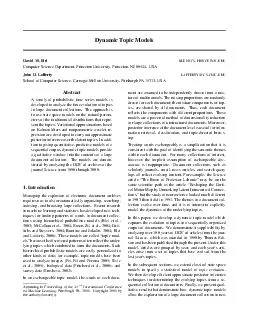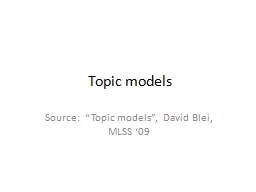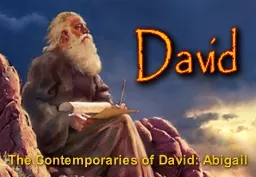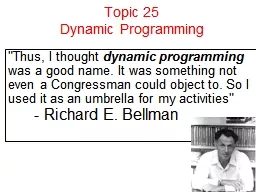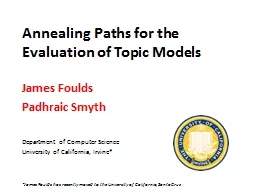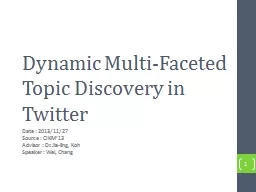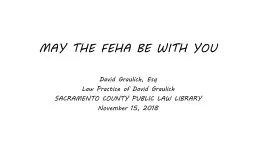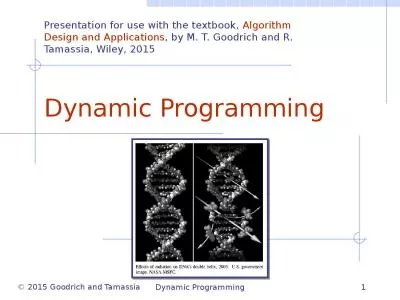PDF-Dynamic Topic Models David M
Author : celsa-spraggs | Published Date : 2014-11-12
Blei BLEI CS PRINCETON EDU Computer Science Department Princeton University Princ eton NJ 08544 USA John D Lafferty LAFFERTY CS CMU EDU School of Computer Science
Presentation Embed Code
Download Presentation
Download Presentation The PPT/PDF document "Dynamic Topic Models David M" is the property of its rightful owner. Permission is granted to download and print the materials on this website for personal, non-commercial use only, and to display it on your personal computer provided you do not modify the materials and that you retain all copyright notices contained in the materials. By downloading content from our website, you accept the terms of this agreement.
Dynamic Topic Models David M: Transcript
Download Rules Of Document
"Dynamic Topic Models David M"The content belongs to its owner. You may download and print it for personal use, without modification, and keep all copyright notices. By downloading, you agree to these terms.
Related Documents

